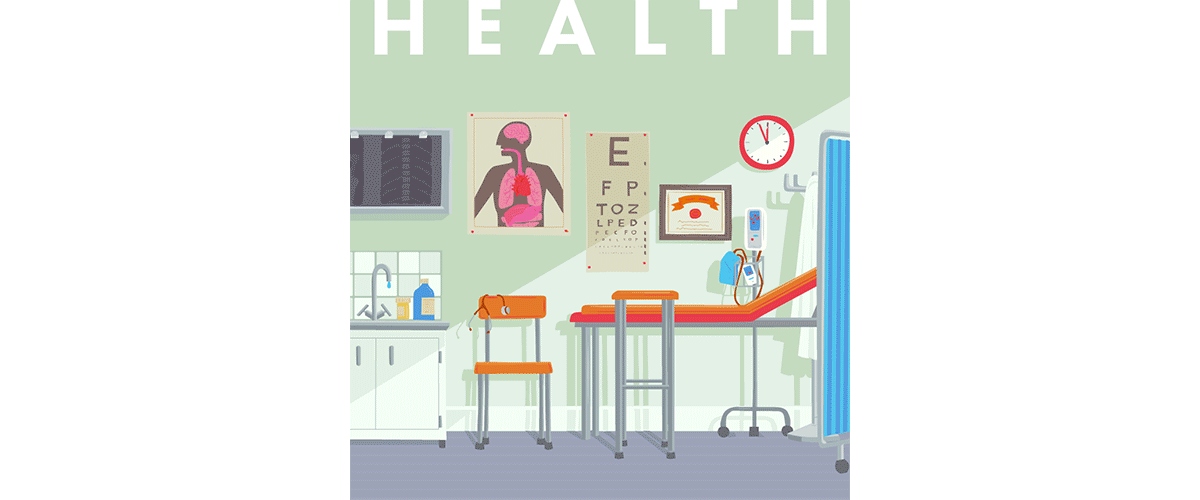

Is the real perfect Valentine’s Day gift to forget everyone who ever hurt you? “Love is so short and forgetting is so long,” Pablo Neruda wrote in 1924. “Imagine if you could delete bad memories. Well, you can,” The Guardian reported in 2016.
The practice is indeed real. In particular, many strategies use pharmaceuticals to target the reconsolidation process, when memories are more vulnerable to being messed with. Many moments–accidents, trauma, disasters, emotional and physical agony, terrible sights, glimpses of death–may fit the criteria for medically assisted forgetting, especially memories that cause extreme pain or interfere in a person’s daily life.
Get it gone. “A drug called ZIP,” as reported by the New York Times, has been shown to work in rats. Regular analgesics and even anesthesia have also been used to ease the pain of social rejection or traumatic memories. One of the most frequently prescribed is the humble fix-what-ails-you beta blocker propranolol. You may know beta blockers as drugs that control blood pressure, performance anxiety, even migraines. They also help destabilize fearful memories, which are the hardest to forget.
If memories cannot be completely forgotten, what if it were possible to just lose the painful part–to separate the emotion from the content? In a 2009 feature on memory, Discover recounts the experience of Rita Magil, who volunteered for an experimental PTSD treatment after a traumatic car wreck:
She took a low dose of a common blood-pressure drug, propranolol, that reduces activity in the amygdala, a part of the brain that processes emotions. Then she listened to a taped re-creation of her car accident. She had relived that day in her mind a thousand times. The difference this time was that the drug broke the link between her factual memory and her emotional memory. Propranolol blocks the action of adrenaline, so it prevented her from tensing up and getting anxious. By having Magil think about the accident while the drug was in her body, [her psychologist] hoped to permanently change how she remembered the crash. It worked. She did not forget the accident but was actively able to reshape her memory of the event, stripping away the terror while leaving the facts behind.
This is similar to a 2011 study done with metyrapone, which blocks the synthesis of the stress hormone cortisol. In this case, a group of men were told the exact same story via a computer-narrated slideshow. Similar to the plots of most stories, it contained both “neutral” words and images as well as “emotionally negative.”
Three days later, the participants were asked to return. One-third of the group was given a single dose of metyrapone, another third a double dose, and the final third a placebo. All were asked to retell the story. The participants did this again four days afterward. Men in the double-dose group were far less likely to recall the negative parts of the story. The neutral details, however, remained intact.
Ethical controversy surrounds therapeutic forgetting. The 2003 report issued by the President’s Council on Bioethics, “Beyond Therapy: Biotechnology and the Pursuit of Happiness,” includes “memory-blunting” among its wide range of ethical considerations. (If you read one President’s Council on Bioethics report this year, make it this one!)
The report poses the questions: “If we had the power, by promptly taking a memory-altering drug, to dull the emotional impact of what could become very painful memories, when might we be tempted to use it? And for what reasons should we yield to or resist the temptation?”
They provide several reasons to refrain:
- “It risks making shameful acts seem less shameful, or terrible acts less terrible, than they really are.”
- “Having truthful memories is not simply a personal matter. Strange to say, our own memory is not merely our own; it is part of the fabric of the society in which we live.”
- “Perhaps more than any other subject in this report, memory is puzzling. It is both central to who we are as individuals and as a society, yet very hard to pin down–so variable in its many meanings and many manifestations.”
And then there’s my friend Lilah, who spat most of her drink on my shirt when I told her about this field of medicine: “Are you fucking serious? If not for what’s happened to me, I would be fucking nothing.”
I agree. I myself am a bundle of the lessons that I’ve managed to construct from the weird, fucked-up things that have happened to me. But take it from Marie Monfils, a neuroscientist working at the eponymous Monfils Fear Memory Lab, who said to the New Scientist: “I’m a simple rat researcher. I’m in no way going to suggest that I’m going to step in and tell clinicians how they should treat their patients.”
But the very factors that make memory extinction a laboratory possibility create formidable challenges in doing it anywhere else. In a lab, you can erase a recent memory with barely any context and no triggers. Outside a lab, real life is therapeutic extinction’s primary challenge.
During a 2016 Cognitive and Behavioral Neurology study, older adults with Alzheimer’s disease were asked to rate their present feelings, then shown a series of film clips–either a selection to induce “happiness” (lots of America’s Funniest Home Videos) or one to induce “sadness” (from The Notebook all the way up to, and including, Faces of Death). After the clips, the mood-rating procedure was repeated immediately and then at five, 10″”15, and 20″”30 minutes later. Participants also received a test of their recall for details from the clips they could remember. The feelings of happiness or sadness induced by the movies persisted even in the absence of any declarative recall of the content. This study stuck with me. If the absence of memory is a vacuum, what precisely is this vacuum’s pull?
This is what happens in Eternal Sunshine of the Spotless Mind (do I have to issue a spoiler alert for a 15-year-old movie?): Joel, half of a broken couple, undergoes a memory-erasing procedure, but, per a very cranky critique, his memories of his ex “fight back and attempt not to be erased, leading him to insert her into different memory contexts in order to protect her.”
I love this movie. I’ve wept into my open hands at this movie. And, time to show my Valentine’s Day cards, I’ve even tried to live this movie.
I can’t speak to the many other wrenching ways in which two formerly fused individuals endure the “awkward procedure of getting to unknow each other” (thank you, John Updike), but this particular breakup was terrible–an unmitigated heart-crushing, a cracking in place, a darkened cloud extending over past, present, and future, demanding the realignment of friends and enemies alike. It was especially bad because it happened out of nowhere: you both had dinner, she asked you to drop her off, and, holding open your passenger door, she tells you it’s over.
I cried so hard driving home that I had to take off my seat belt. Afterward, the memory felt like poison. I was afraid that it would make me bitter and distrustful forever. In that moment, I had every intentional-extinction advantage. A 2016 Psychonomic Bulletin and Review study found that when people try to forget, their brains work to discard the context of the unwanted memory. My ex was as close to contextless as you can find outside the lab, since we had met on the internet and had only been dating for a few months. There was only one picture of us together, anywhere.
More painful was watching her and her new girlfriend check in, on Foursquare, to all the places we had gone on our first date, in the order we went on them. (2011! Foursquare!) I was so furious, so in thrall to my own anger and pain, that I decided to take advantage of the prime vulnerability of a first memory consolidation–and wipe it all out.
At the time, I was prescribed a medication not for intentional forgetting. But I had read a case study–one I can’t even find now–that said it could be used for that purpose. I used my body weight to calculate the dosage, putting the pills out on a platter like a tray of cookies for forgetting. I pinched two off the plate and put them in my mouth. An hour later, I took three more. Two hours later, another.
It worked. (I’m Facebook tagged at party I don’t even remember attending!) For a while afterward, I couldn’t remember anything other than her voice and the shape of her mouth.
Then I started dating someone new. When the inevitable exchange about how our last relationships ended came, it brought, on my end, a long pause and puzzling generalizations. I couldn’t offer a single distinct fact. I sounded, and felt, like a liar.
I tried to explain why: “I figured out how to erase my own memory”¦with pills”¦and I erased the memory of how we broke up.”
What the fuck! I didn’t like how that sounded. So, I started to put the pieces back together. For two years, I reassembled my memories of my own breakup by using social media, and listening to the songs that we had listened to together, and talking to my friends about her. Over time, the details of the relationship reassembled and filled in. And the pain was still there, even if some details weren’t.
We got back together and then we broke up again, three months after that. This time, I gritted my teeth, thinking, “You can’t forget how this feels. You can’t let yourself forget and then go back.”
In the nearly 10 years since, I’ve had my heart broken open about five times, at a minimum. Each time, at least fleetingly, I return to that moment, nearly a decade ago, when my heart cracked like thin ice on a lake. It was the worst, but then nothing was ever that bad again.


How We Get To Next was a magazine that explored the future of science, technology, and culture from 2014 to 2019. This article is part of our “Health” Beat, which examines how we can increase access to and quality of health care across the globe. For more dispatches, click the logo.
